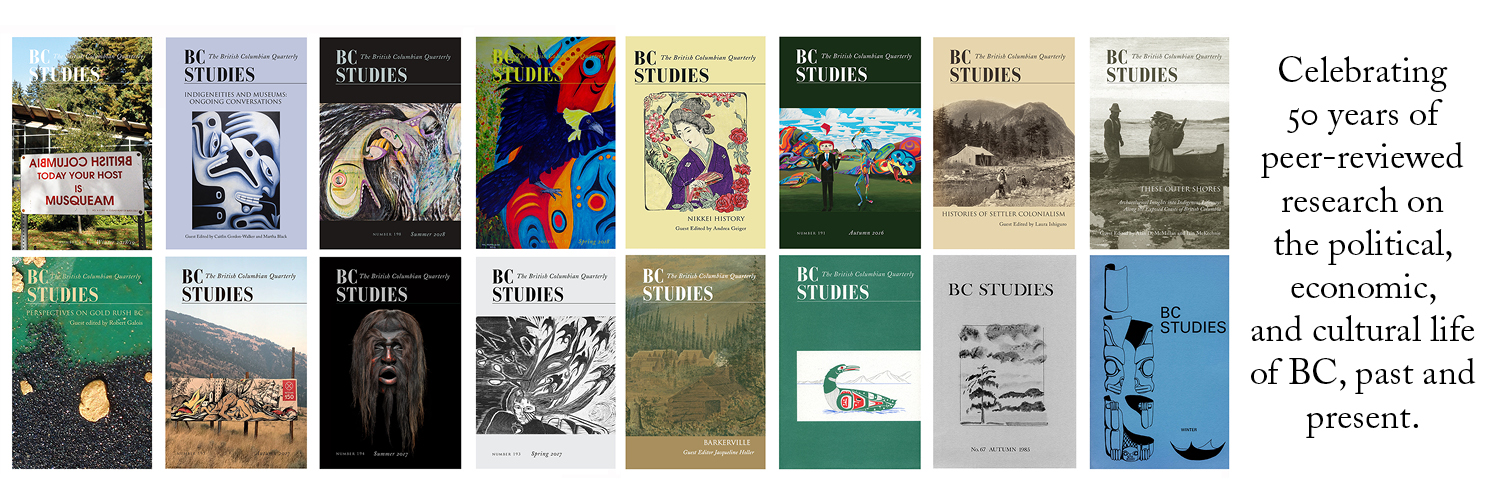Situating Direct-Action AIDS Activists: The Development of Organizational Responses to Vancouver’s HIV Epidemic
DOI:
https://doi.org/10.14288/bcs.no213.191838Keywords:
epidemics, LGBT[Q] , sexuality, protestAbstract
Scholarship on the HIV/AIDS epidemic in the United States and Canada has foregrounded the importance of direct-action activism within gay community responses to the epidemic. However, community mobilization efforts in Vancouver were varied and did not begin with direct-action activism. Drawing from oral history interviews with long-term survivors who are living with HIV and caregivers, I argue that the story of Vancouver’s HIV/AIDS epidemic cannot be adequately told unless early AIDS service organizations (ASOs) are placed front and centre. While maintaining an apolitical façade, early ASOs frequently took up roles that blurred the line between activism and care. Direct-action activist organizations built on these existing organizational responses to the epidemic in Vancouver, such as the safe sex education initiatives and treatment advocacy undertaken by the city’s first ASOs, and crucial continuities and overlaps existed within various community organizations’ political goals if not political tactics. While the development of various organizational responses to the epidemic in Vancouver mirrored the trajectory followed in other Canadian and US contexts, political mobilization in Vancouver ultimately developed in response to the particular local political conditions faced by the city’s gay community, particularly the inaction and homophobia of the provincial Vander Zalm government. In order to understand community responses to HIV/AIDS in Vancouver, we need to broaden our conceptions of activism to make space for various, complementary organizational responses to the epidemic alongside overt acts of resistance and protest, and pay close attention to the shifting local political context in the city.



